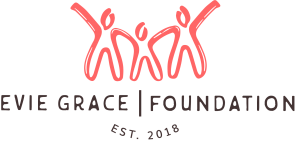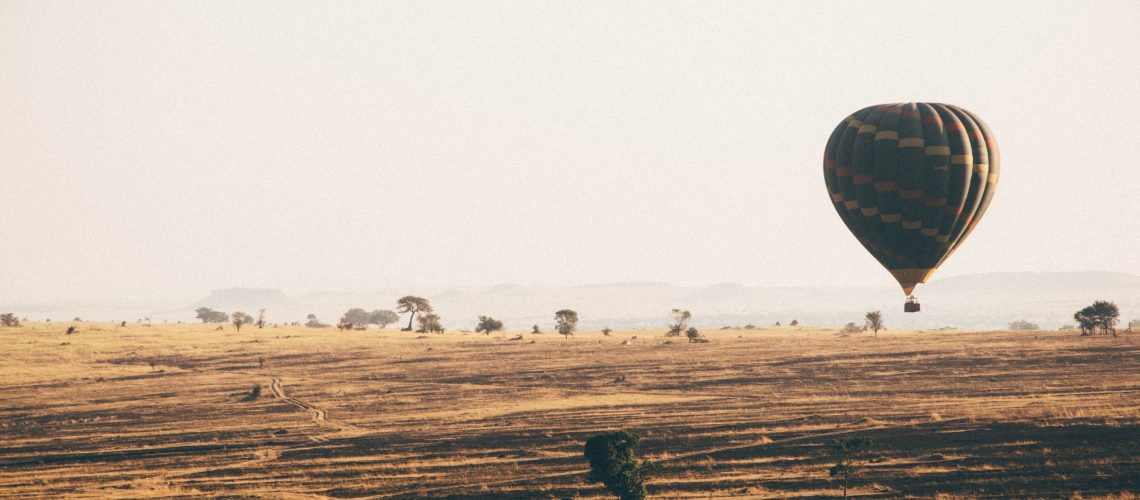When we think about scenic landscapes, wildlife preserves and splendid safaris, East Africa is certainly a place that fits this description well. The diverse wildlife and panoramic geography is the main source of tourism, which is a major economic contributor.
Geography
The countries Kenya, Uganda, Tanzania, Burundi, and Rwanda constitute what is known as East Africa. The two highest mountains in Africa – Mount Kilimanjaro and Mount Kenya – as well as the biggest lake in Africa – Lake Victoria along with countless famous national parks are all situated in East Africa. This makes East Africa one of Africa’s as well as the world’s most geographically diverse areas.
Flag
The East African community flag is an overall representation of the culture, community, and history of the land. Each colour and aspect of the flag has a symbolic meaning that portrays East Africa’s unique culture.
The colour Blue represents the biggest lake in Africa, i.e. Lake Victoria.
The colours Black, White, Green, Red and Yellow represent the people in the partner states, blood, peace and natural wealth.
The Handshake represents the community togetherness.
The phrase Jumuiya ya Afrika Mashariki translates to East African Community.
Languages
The main spoken languages in the region are English and Swahili. Swahili serves as a national language for these countries. English, the official language, is mainly spoken in commerce, schooling and government.
In rural areas, in particular, most people speak their own native languages. Although there are more than one thousand native languages, over fifty million people altogether speak Swahili as the primary language.
Tourist Attractions
The famous Serengeti and the Ngorongoro crater situated in Tanzania and Maasai Mara in Kenya are among the most popular tourist attractions in East Africa.
Maasai Mara ranks as the most famous destination in Africa and is well known for its game drive and also other activities like hot air balloons, nature walks, and safaris.
Serengeti is known for its lion population and one of the best places to observe natural pride. Just seventy kilometres north of the national park, there is the Ngorongoro Crater with beautiful views; it is known for the variety of animals as well as the salt lake Magadi. The Ngorongoro conservation area also protects the Great Rift Valley which is stretched along the length of East Africa.
Bwindi Impenetrable National Park in Uganda is a prime tourist attraction for its mountain gorilla sanctuary. Murchison Falls National Park in the northwest is known for its forty-three metre tall waterfall and wildlife such as hippos. Rwanda is the safest place for tourism and has a low crime rate. Lake Tanganyika in Burundi is a popular attraction.
The “big five” animals are all seen in these national parks – Elephants, Rhinos, Lions, Leopards, and Buffaloes.
Population
Over five hundred and thirty-seven million people are habituating in East Africa and Tanzania is the most populated country in the community, followed by Kenya in the second place and Uganda in the third place. The Maasai Tribe is an Indigenous group of people who are spread throughout East Africa. They are known for their skills in ancient hunting methods and are often remembered as great warriors and hunters.
Health
The private health services are dynamic, while the public services still need vast improvement in lots of areas. Most of the countries in East Africa are affected by infectious and parasitic illnesses, including respiratory illnesses.
Schistosomiasis, yellow fever, Malaria, HIV, Hepatitis A, B and Dengue fever are the most common infectious diseases in Eastern Africa.
Lately, the Coronavirus disease (COVID-19) has had a significant impact on these countries. Given the relatively porous borders of these countries, the pandemic is easily spread from one country to another.
Cost of living
One African Shilling is roughly equivalent to around 0.0015 Australian Dollars. However, the US Dollar is also mostly accepted currency in these countries. Each country has a different common name for their currency, Kenya – Kenyan Shilling, Uganda – Ugandan Shilling, Tanzania – The Shilingi or Tanzanian Shilling, Rwanda – The Rwandan franc, Burundi – The Burundian franc.
The cost of living in East Africa is around 45.57% lower than in Australia. Consumer prices, groceries, power, renting and restaurant prices are mostly around 50% lower than Australia.
Common challenges faced in East Africa
Due to poor governance and improper administration policies, there are so many challenges that are faced in the East African countries.
- Street Children
Children who come from abusive families or escape from authoritative figures mostly end up on the streets. They are more at risk of violence, rape and exploitation.
The issue is vast and a growing concern in these countries, and many organisations including the Evie Grace Foundation are trying to eliminate it and bring in strict laws for committing child abuse and exploitation. - Child Labour and Prostitution
Child labour is quite rampant across all of East Africa. In particular, in Kenya, the worst forms of child labour include Slavery, Pornography, Prostitution, drug trafficking, and other illicit activities.
Underage prostitution is a growing concern in Kenya and most of the primary causes that are leading to this are child trafficking and poverty. - Degradation of natural resources
Irrigation can play a major role in these countries’ economies, as more than 50% are involved in Agriculture, and with the adverse weather conditions, it is highly affected.
The present state of natural resource degradation in drylands is because of the ecological, demographic challenges faced due to poor land administration policies. - Gender Inequality
In recent years, there has been a lot of women empowerment and supporting gender-sensitive education methods in East African countries. Although it is not a natural outcome, it has shown a great result. Women being carers and looking after families has given them limited options to enter the workforce.
Check out our blog Inequality of Women where we discuss and highlight the inequality challenges faced by the women in these countries.
The current COVID-19 situation affects the safety of the street children and families who don’t have a steady income. Menstrual pads and other women hygienic products are likely to cost one hundred and forty-four dollars a year per person. One in three women depends on their sexual partners to buy hygienic products. Some also trade sex for pads and tampons.
We at Evie Grace Foundation work hard and aim to eliminate child trafficking in Kenya, as well as providing basic needs such as menstrual pads to girls in need as well as education and shelter to victims of abuse. The COVID-19 pandemic has taken its toll on these countries and made it even more difficult to provide to these children. In these trying times, we need your help to make sure we continue to help these children.
Please help us to change the lives of those children by making a donation now.
Sources:
https://www.africa.upenn.edu/NEH/thome.htm
https://africa.unwomen.org/en/where-we-are/eastern-and-southern-africa
https://news.un.org/en/story/2018/05/1009242
https://www.eac.int/agriculture/constraints-and-challenges
https://www.who.int/alliance-hpsr/projects/alliancehpsr_kenyaabridgedprimasys.pdf
https://www.abc.net.au/news/2020-05-12/coronavirus-hairstyle-spikes-in-popularity-in-east-africa/12236550
Image source:
https://unsplash.com/s/photos/serengeti
Written by: Chandini Balla and Andrea Manno


